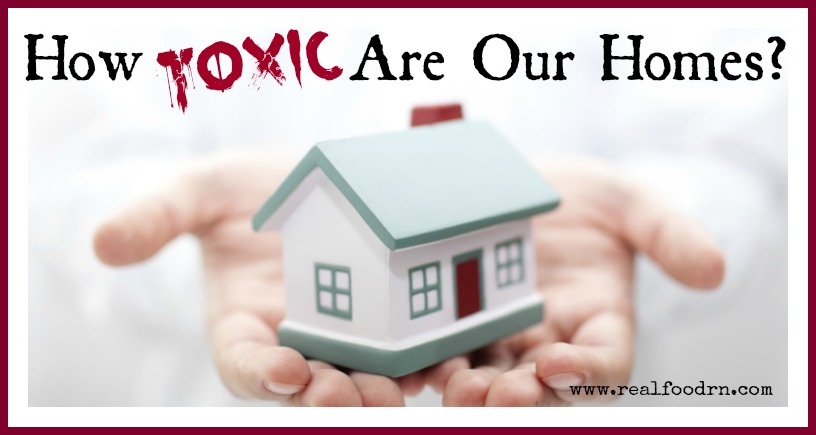
You do everything you can to keep your family safe and healthy. You buy whole, organic foods, you avoid fast food, you make sure everyone gets exercise. But what about the hidden toxins in your home that are eroding your health without you even realizing it? How toxic are our homes?
The evidence regarding toxic chemicals found in virtually every household is mounting. These chemicals can be found in everything from your body lotion to food storage containers, to cleaning products.
Many of these toxins build up in the body and cause a variety of chronic diseases and issues, such as cancers, infertility, and asthma. In fact, many of them can be found in a frightening percentage of an individual’s blood, urine, and even breast milk! Recent tests have found more than 200 chemicals in newborn cord blood!
When I was pregnant with my first child and learned about all of this I quickly detoxed my home. It took me a while to get all of the toxic chemicals out, but I did. No looking back. It has really become my mission to educate people about this and help find solutions. That’s why I wrote this post!
Now, before we dive in, I want to give you a little assignment: read every label on every product that you come into contact with every day. Then when you come across an ingredient that you are not familiar with, plug it into here: https://www.ewg.org/skindeep/. This is the Environmental Working Group’s (EWG) database and it will give you a rating based on their research. It is the mission of the EWG to:
“Our aim is to fill in where industry and government leave off. Companies are allowed to use almost any ingredient they wish. The U.S. government doesn’t review the safety of products before they’re sold. Our staff scientists compare the ingredients on personal care product labels and websites to information in nearly 60 toxicity and regulatory databases.”
How toxic are our homes?
To answer this question, let’s look at some items we all have in our homes. Make sure you read the post all the way through because I offer my recommendations on alternatives to these. Many of my recommendations are cost-effective and health-promoting too!
Soaps, shampoos, and body washes
- Two commonly found toxins in such personal hygiene products are DMDM Hydantoin and Urea (Imidazolidinyl), both of which release formaldehyde. Being exposed to formaldehyde can cause headaches, depression, chronic fatigue, chest pain, joint pain, cancer, dizziness and insomnia. It is also a known neurotoxin that has even been linked to seizures. Oh, and did you know these two ingredients can be found in many popular brands of baby wipes?
- Another prevalent toxin found in a variety of household products, including body products, cleaning supplies and plastic is phthalate. This chemical is a hormone disruptor, and has caused birth defects, premature births, decreased and damaged sperm, as well as the development of behavioral problems in animal testing. Scientists state that phthalate is so powerful, even in small doses, that it can reprogram a person’s genes, triggering diseases in future generations! It is believed that the average person is contaminated by phthalates at least three times a day!
➜ Here are some great DIY non-toxic alternatives:
Cosmetics and skin care products
- There are approximately 80,000 different ingredients found in skin care products, including carcinogens, pesticides, reproductive toxins and hormone disruptors. Approximately 89% of the personal care products on the market have not been evaluated for safety. In fact, here in the USA, there has not been a regulatory law passed on cosmetics since 1938!
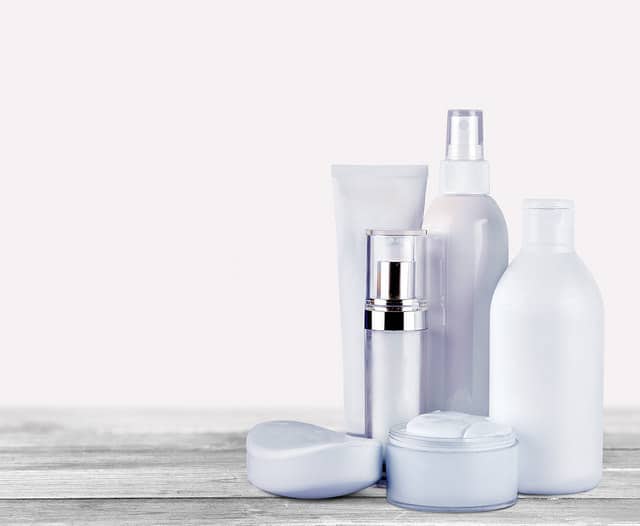
- Anything that absorbs into our skin should be suspect because it is our largest organ, and it has no way to protect itself from toxins. Our skin is a barrier, but it is also absorbent. So absorbent that in my experience in the hospital, many of the medications I administered were topical, I put them on patients skin to get it into their bloodstream! The chemicals in our environments that absorb into our skin also go into our bloodstream, where they circulate to every cell of our bodies. It isn’t uncommon to find toxins such as DMDM Hydantoin and Urea and heavy metals, such as mercury, lead, and arsenic in our skin care products! Additionally, sodium lauryl sulfate (SLS) and sodium laureth sulfate (SLES), which are also used as engine degreasers, are ingredients in 90% of the skin care products that foam. They have been found to cause eye damage, depression, diarrhea, skin irritation, and labored breathing.
- The topic of toxicity in skin care products and cosmetics has been the hardest topic for me to sort through. I really loved my luxurious face creams and Mac makeup. But, it all had to go! I tried making my own makeup and face creams. Some recipes were a success, others a complete fail. Makeup was one of my biggest fails. I could make it pretty, but it did not perform! Join my safe skin care facebook group, where we continue this discussion and offer solutions!
➜ Here are some great DIY non-toxic alternatives:
- DIY Frankincense Face Cream
- DIY Caffeine Eye Serum
- DIY Vitamin C Serum
- DIY Beautifying Face Serum
- DIY Facial Skin Toner
- DIY Eye Makeup Remover
- DIY Acne-Fighting Face Wash
Perfume and Cologne
- Did you know there could be up to 300 chemicals in perfume and cologne? You don’t see that on the bottle, huh? Because each perfume is a proprietary blend, the manufacturers keep their ingredients a secret, not just from their competitors, but from consumers as well! They can legally do this because their proprietary blends are considered trade secrets under the U.S. Fair Packaging and Label Act.
- Many perfumes and other scents are known to include combinations of such dangerous toxins as: phthalate, linalool, ethyl acetate, methylene chloride, benzaldehyde, acetone, ethanol and limonene. These toxins have been linked to a wide range of conditions, including behavioral issues, including ADHD and depression, cancer, asthma, heart failure and kidney damage.
- If you want to see if your products and perfumes have hidden ingredients, just check their labels for the word “fragrance”. Fragrance is just a word, but it functions as a placeholder for up to 5,000 different ingredients. The actual mix of those ingredients is a trade secret, like I mentioned above.
➜ Here are some great non-toxic alternatives:
- This one is easy to remedy with essential oils. I haven’t worn perfume in years, but I wear my oils every day. They have a wonderful fragrance, and they also have therapeutic benefits! One of my favorite parts of my day is choosing my oil for the day (many times I use different oils throughtout the day, depeding on my situation and mood!). I almost always go with Joy, Stress Away, Lavender or Northern Lights Black Spruce. They seriously work.
Plastic food containers
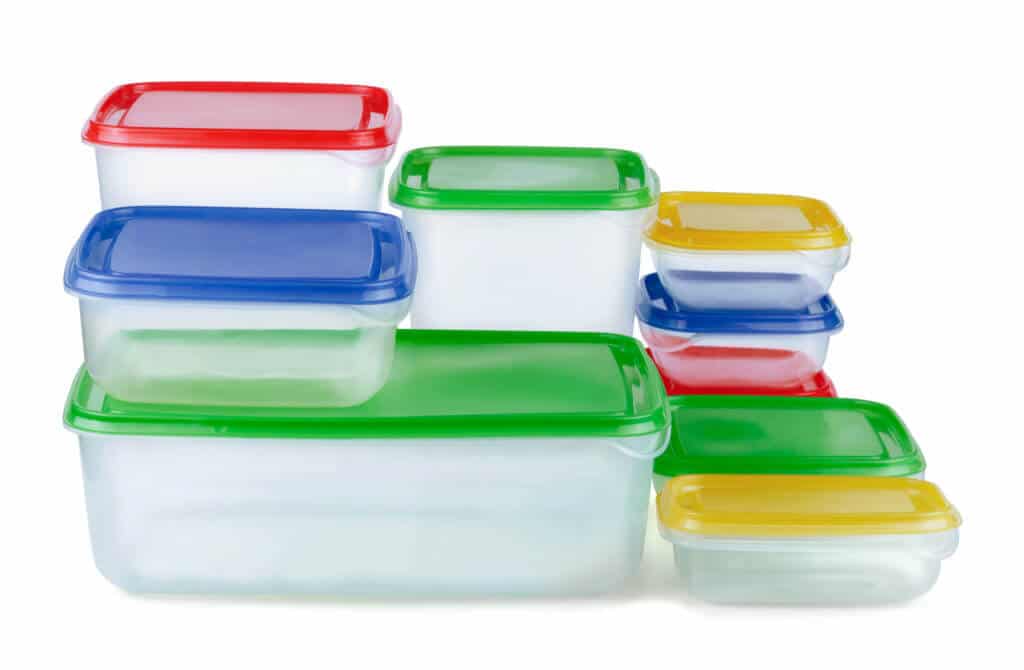
- Plastic food containers can include everything from disposable plastic containers to re-sealable plastic bags to the plastic wrap around your sandwich. While some manufacturers have stopped using BPA, which is an endocrine disruptor, after public outrage a few years ago, there are a wide range of other toxic chemicals in plastics that we must be aware of, including phthalates and PVC.
- Food and drinks that come manufactured in plastic containers are also dangerous. Soda and water bottles are often made from PET (polyethylene terephthalate), which leaches acetaldehyde — a carcinogen. Other plastic containers, such as those holding cooking oils and salad dressings are made from PVC (polyvinyl chloride), which leaches plasticizers–cadmium, mercury, phthalates, lead and diethyl hexyphosphate–into your food before you have even purchased it.
- We got rid of all of the plastic in our house. We use glass, stainless steel and beeswax wraps. I even have a great shatterproof glass water bottle that I drink from every day!
➜ Here are some great non-toxic alternatives:
Scented candles and air fresheners
- As I mentioned earlier, anything that includes “fragrance” or “scent” on the list of ingredients should be immediately put back on the shelf. This vague labeling means that various chemicals have been used to manufacture a particular smell. Though each fragrance is different from company to company, there are several chemicals that are toxic that go into most chemically-designed fragrances. Unfortunately, this includes scented candles and all types of air fresheners, including “sticks” and plugin ones.
- One central toxin found in scented products, including everything from laundry softener sheets to personal body sprays, is phthalate. Phthalates are endocrine disruptors which means they mimic the body’s own natural hormones which then can trigger major changes in the body.
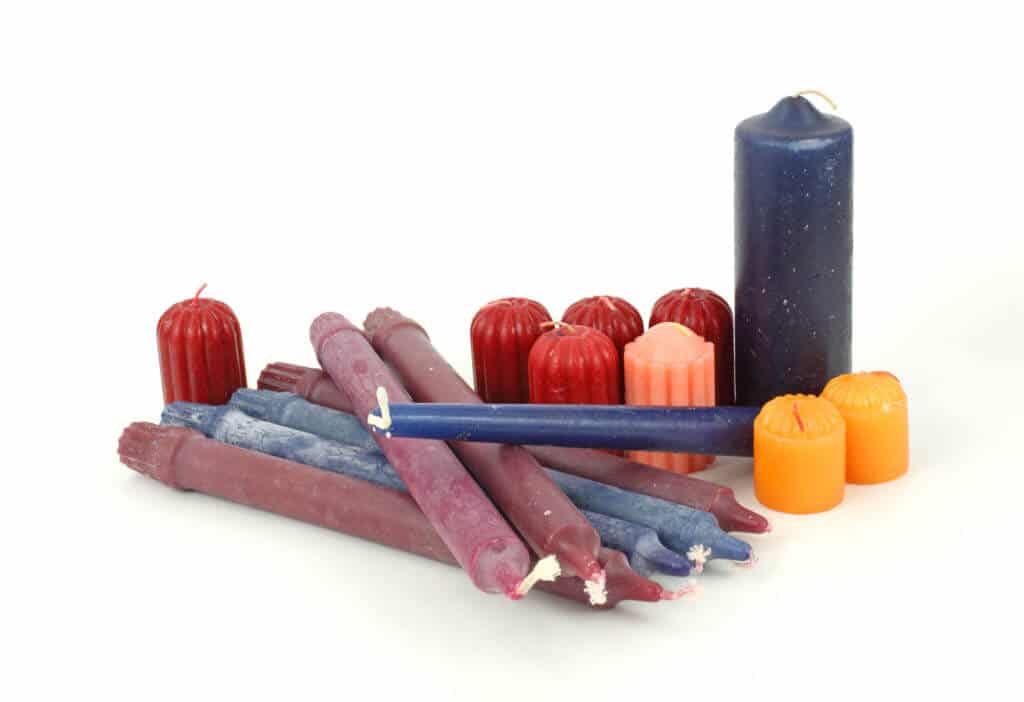
- I wrote a post that details how toxic candles are, it’s pretty eye opening!
I was a candle junkie for many, many years. It was even hard for me to get rid of them after I learned how horrible they were. They sat on a closet shelf for months before I was finally able to toss them. But, I simply replaced them with something even better: an essential oil diffuser! One of the best parts is that this requires no flame, so it’s safe to have in my kids rooms at night! Plus, as I mentioned earlier, the oils have therapeutic benefits. I got my diffuser when I signed up with Young Living, as a part of their Premium Starter Kit. If you are interested in getting essential oils into your home, this kit is the best way to go! It comes with 11 bottles of essential oils, samples to try and share, and a home diffuser. You can see exactly what’s in the kit in a video I made at the bottom of this page.
Anti-bacterial soaps and cleansers
- Even though medical scientists have proven and gone on the record stating that antibacterial products don’t do anything that good ole’ fashioned soap and water doesn’t do, consumers still buy anti-bacterial everything. You might have hand soaps, body washes, cleaners and hand sanitizers in your home right now that have antibacterial properties. But, in the attempt to keep your family safe from germs, you may be making their systems resistant to typical antibiotic medications. Such chemicals as triclosan and quaternary ammonium compounds (“Quats”), both of which are registered by the EPA as a pesticide, make common bacteria resistant to treatment.
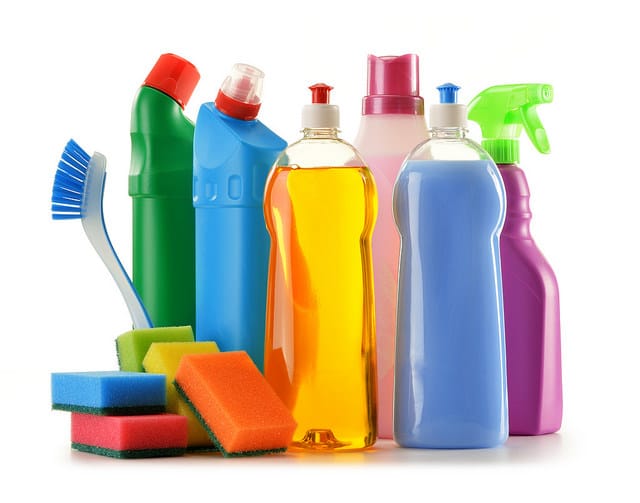
- Triclosan is the culprit causing all of the problems for us. The add it to soap to make it “antibacterial”, but it ends up adversely affecting our health! It is linked to liver and inhalation toxicity, and even low levels of triclosan may disrupt thyroid function. The American Medical Association actually recommends that triclosan not be used in the home, as it may encourage bacterial resistance to antibiotics!
➜ Here are some great non-toxic alternatives:
Mattresses
- The mattresses you and your family sleep on are sprayed with toxic chemicals during manufacturing. These chemicals include formaldehyde, boric acid, polyurethane foam, antimony and polybrominated diphenyl ethers (PBDE). These toxins seep out, filling our homes with noxious fumes. Not only that, but researchers now believe that these chemicals can be absorbed through our skin, as PBDE has been found in the breast milk.
- The chemicals applied to mattresses have been linked to asthma, allergies, neurological disorders, sudden infant death syndrome (SIDS), reproductive problems, thyroid disruption and various forms of cancer.
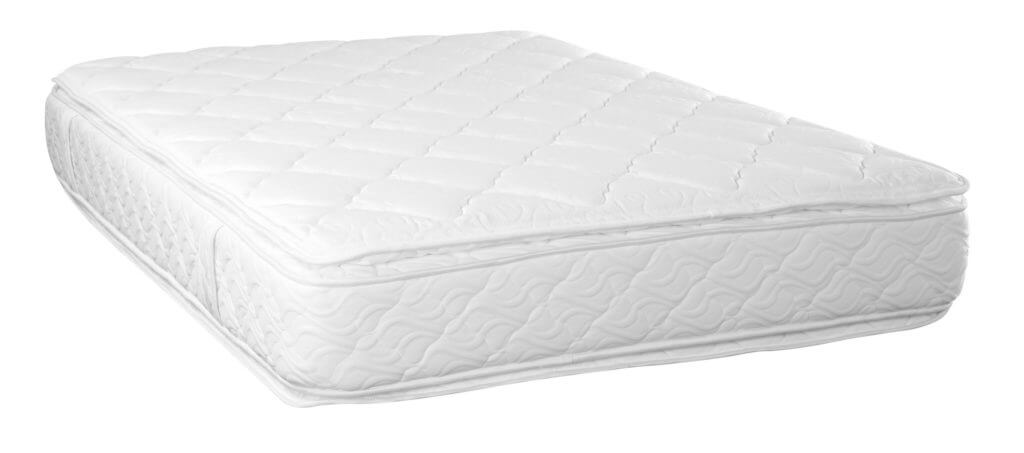
- I wrote a very detailed post about the mattress that we personally sleep on every night. The toxic chemicals in mattresses seriously scared me! I mean think about it, we sleep on them 8-10 hours every night while breathing in and soaking up those off-gassing chemicals!
➜ Here are some great non-toxic alternatives:
- The non-toxic mattress that we own (use the coupon code:REALFOOD10 at checkout and you will save a full 10% off your order!)
- You can find some organic mattresses online, but I cannot speak to the exact manufacturing processes that they use.
This post just touches on some of the most used products in our homes, but there are SO MANY MORE! I wanted to cover the most commonly used and encourage you to get the ball rolling. Once you have addressed the items that I discussed in this post, then move on to the rest of the items in your house. We did this, it does take time, but is completely worth it! I feel really good about the toxin level in our home right now, and with three little kids that helps me sleep better at night (so does my non-toxic mattress, lol!).
Well, were you surprised to find out How Toxic Are Our Homes, are you going to head off to your cabinets and start cleaning the house? I would love to hear about some of the alternatives that you find in the comments below! I am always up to trying new and different DIYs!
CLICK HERE to Pin this Post
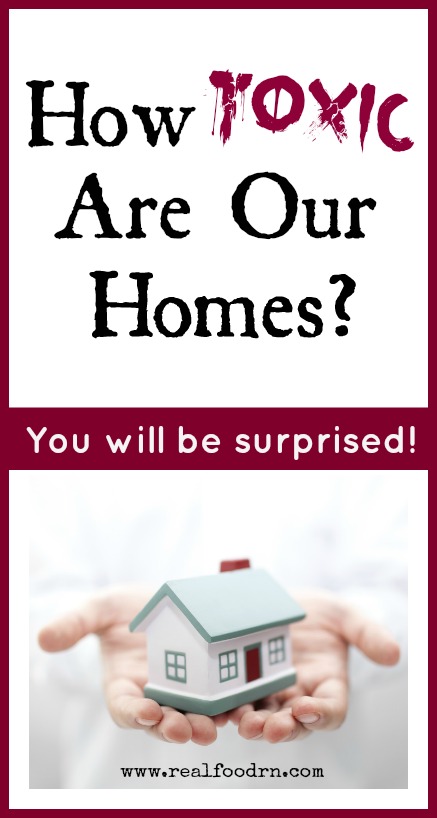
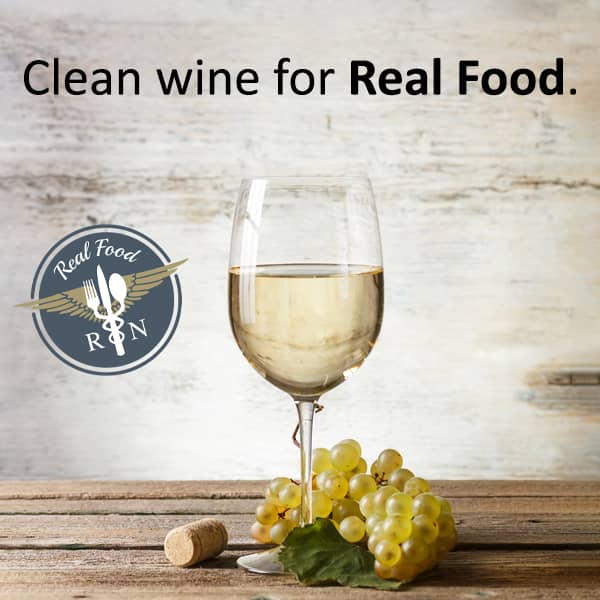
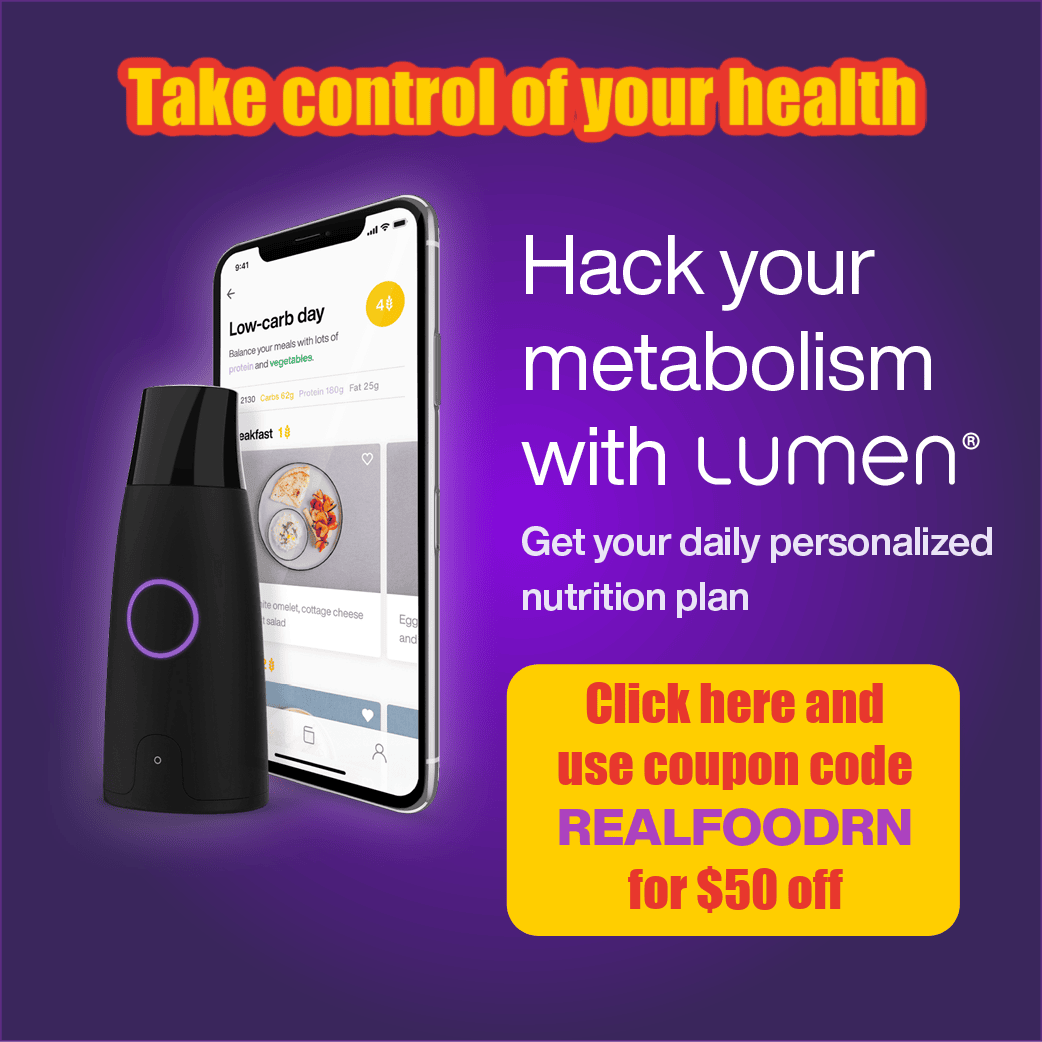
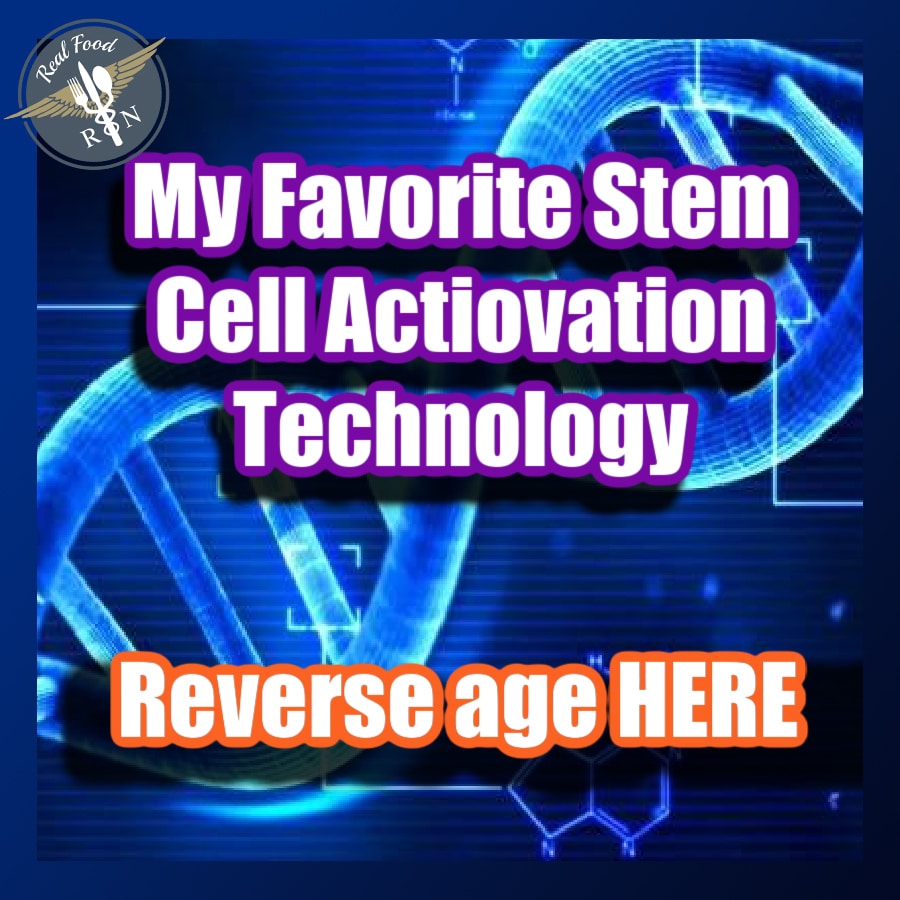

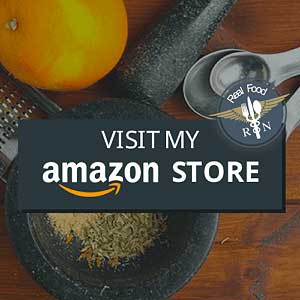
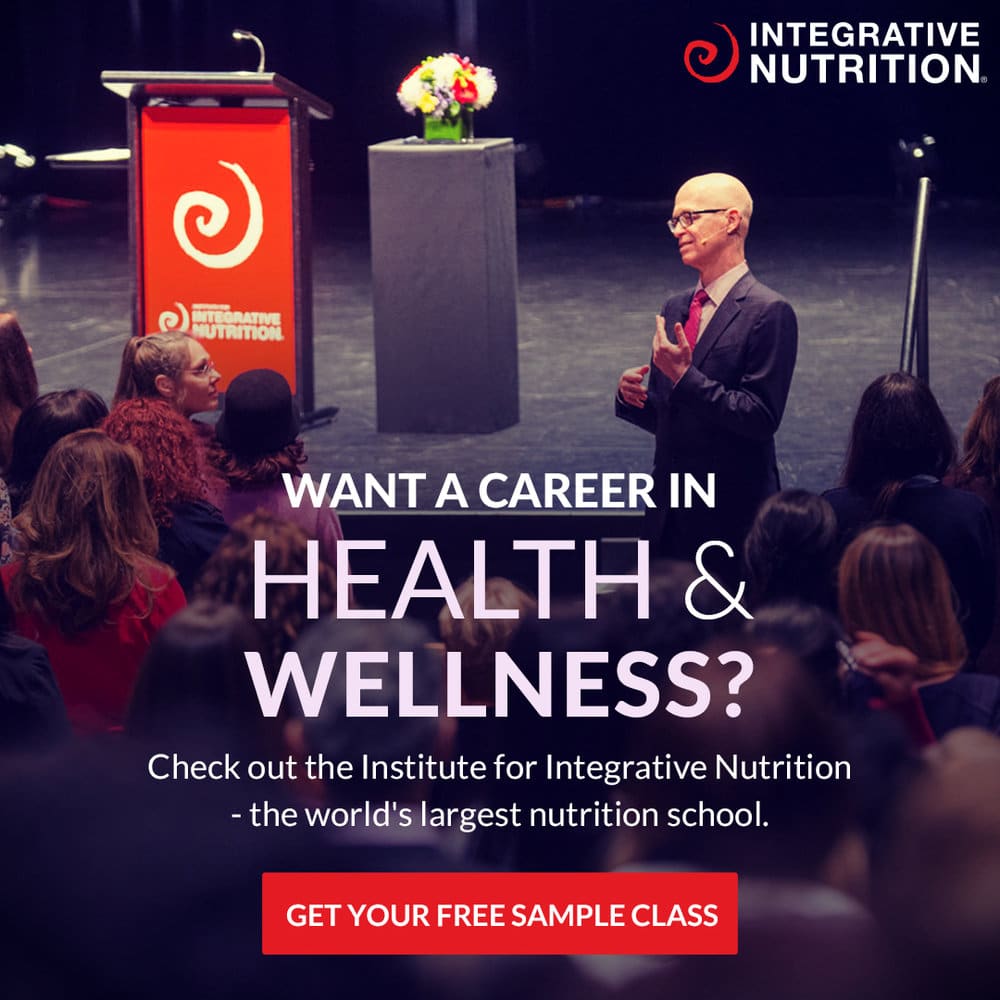

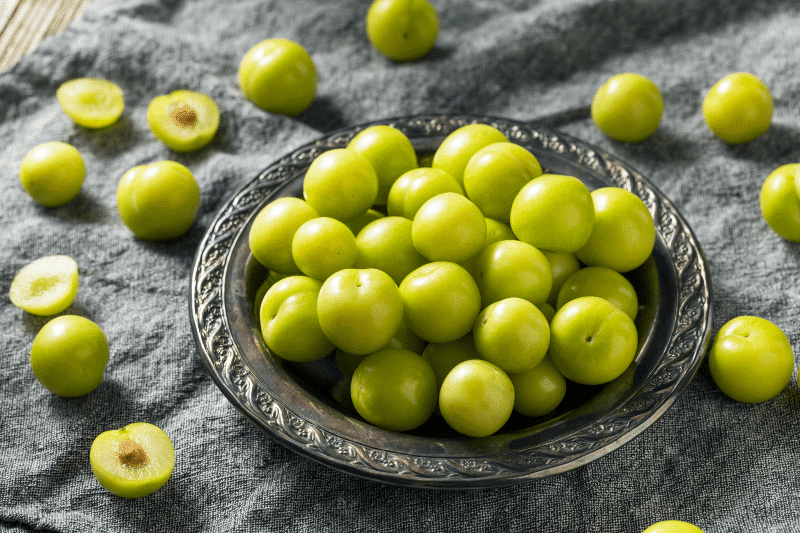
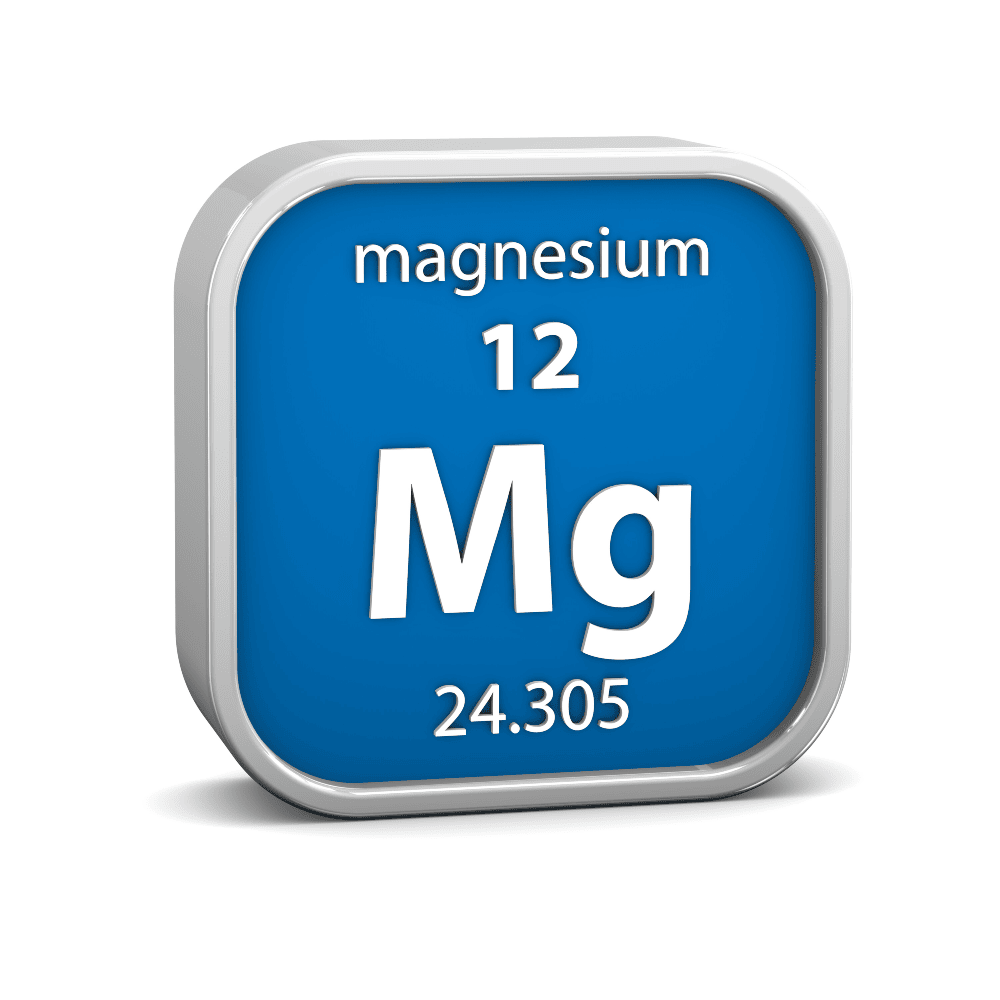
One Reply to “How Toxic Are Our Homes? You Will Be Surprised!”
Great information once again…thank you! This is why I love cleaning with Norwex products. You can clean 95% or more of your home with just water and the microfiber cloths embedded with micro-silver. I also LOVE Beauty Counter makeup. Thanks for introducing me to it!